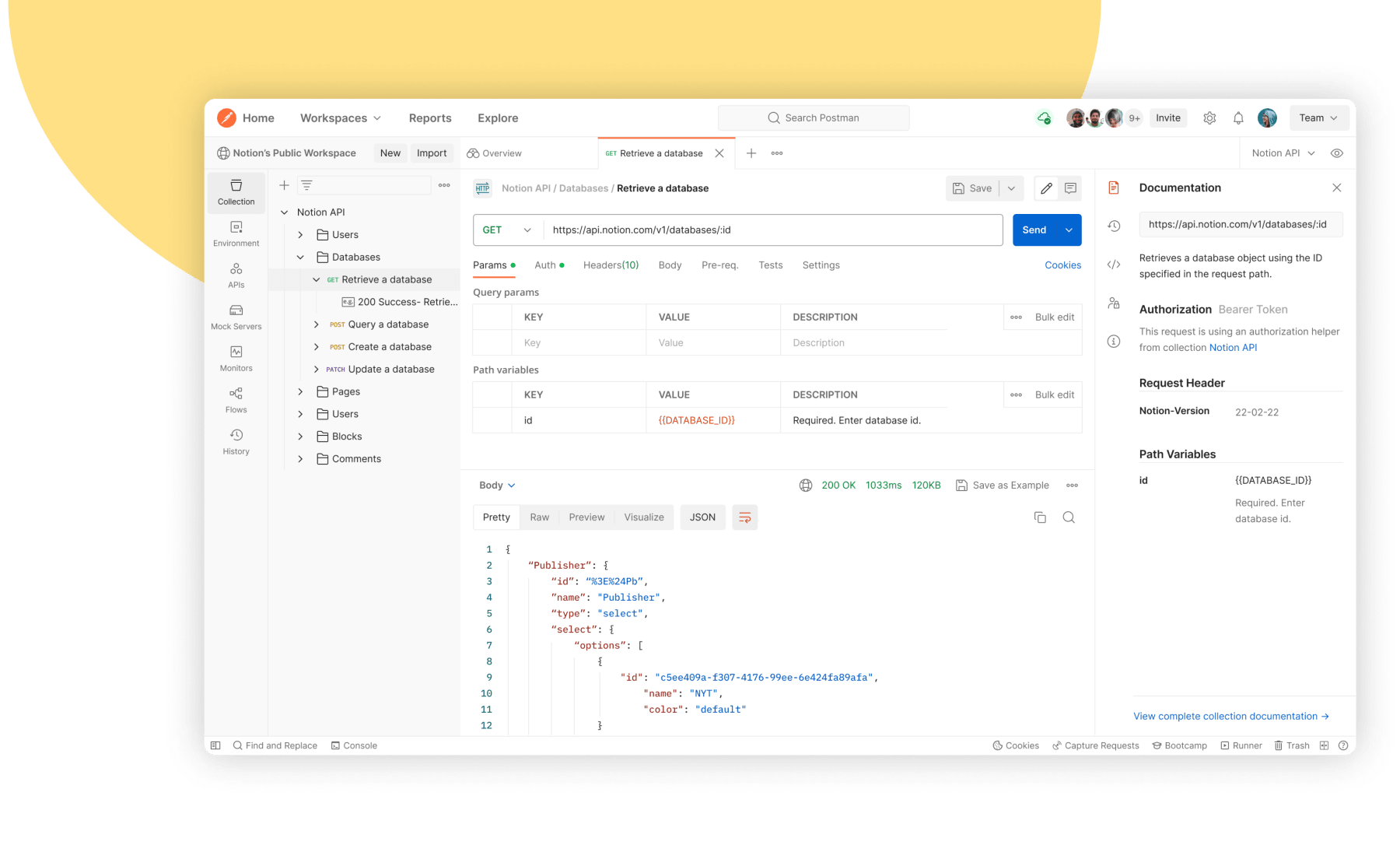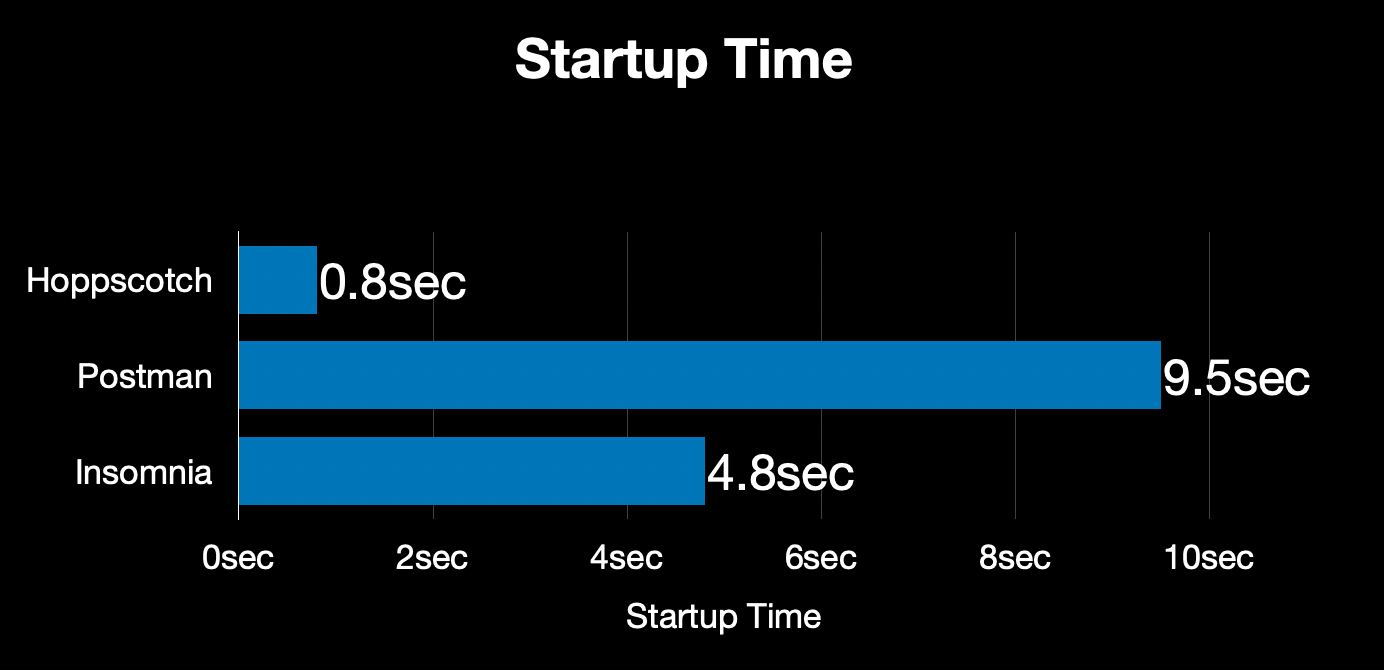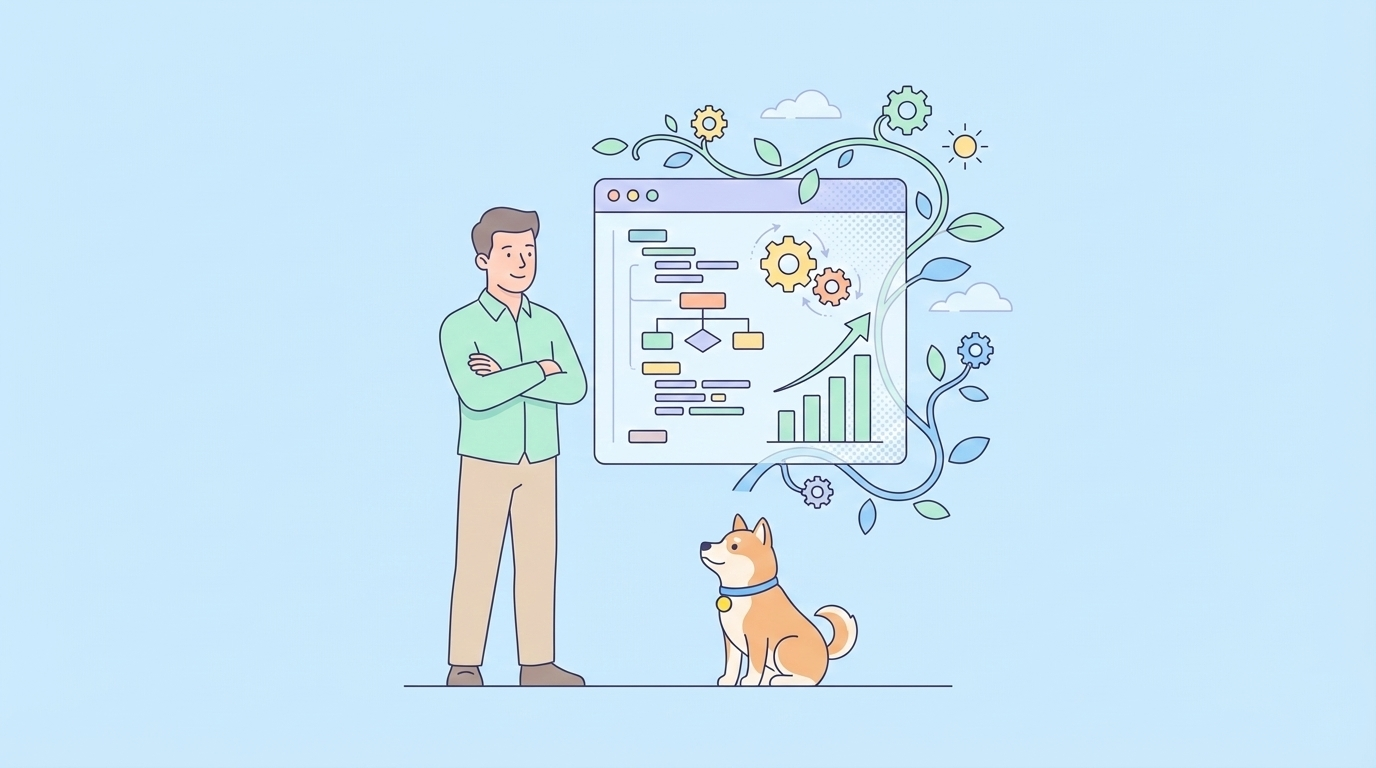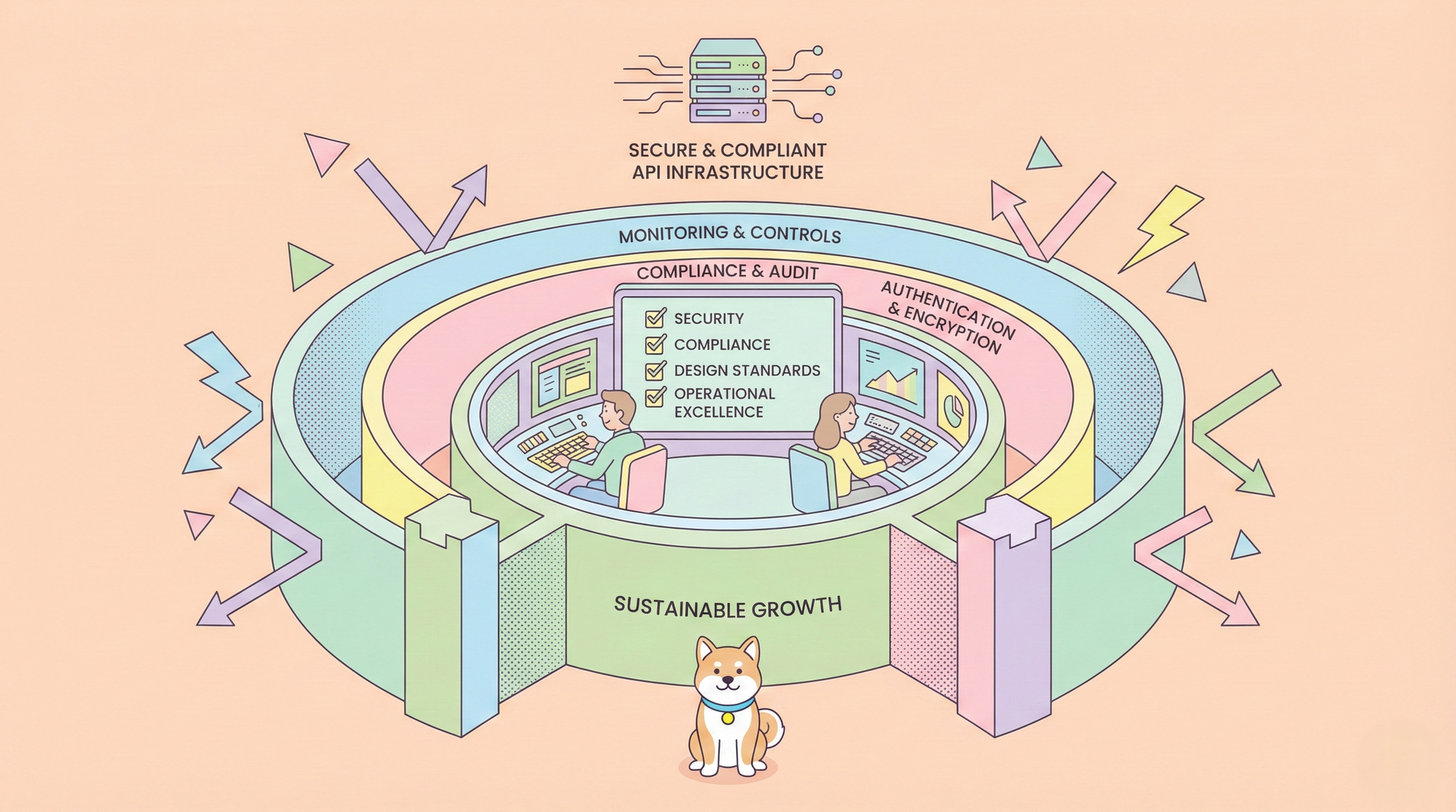In the realm of software development, Application Programming Interfaces (APIs) serve as the backbone for enabling communication and interaction between different software systems. APIs facilitate the seamless exchange of data and functionality, allowing applications to work together and deliver enhanced user experiences. As the demand for interconnected and interoperable systems continues to rise, the role of APIs in modern software development becomes increasingly crucial.
Brief Overview of API Development
API development involves the creation, management, and integration of APIs within software applications. This process encompasses designing endpoints, defining data formats and protocols, implementing authentication mechanisms, and ensuring robustness and scalability. API development is a multifaceted task that requires careful planning, rigorous testing, and ongoing maintenance to ensure optimal performance and reliability.
Postman or Hoppscotch, Which is Right for You;
Selecting the appropriate tool for API development and testing is paramount to the success of a project. The right tool can streamline the development process, improve productivity, and enhance the quality of APIs. Moreover, it can empower developers to efficiently collaborate, debug, and monitor APIs throughout their lifecycle. Conversely, using an inadequate or poorly suited tool may lead to inefficiencies, errors, and delays, ultimately hindering the progress and effectiveness of the development efforts.
As such, developers and organizations need to evaluate their requirements, consider the specific features and capabilities needed, and choose a tool that aligns with their goals and objectives. In this comparison, we will delve into two popular API development and testing tools: Postman and Hoppscotch. By examining their respective strengths, weaknesses, and functionalities, we aim to provide insights that will aid in making informed decisions when selecting the right tool for API development endeavors.
Now, let's delve in;
Postman Overview

Postman is a widely-used API development and testing platform that has gained immense popularity among developers and organizations worldwide. It was initially launched in 2012 by Abhinav Asthana as a side project to simplify API testing. Over the years, Postman has evolved into a comprehensive suite of tools that cater to various aspects of API development, including testing, documentation, collaboration, and monitoring.
Postman's journey from a simple Chrome extension to a full-fledged API development ecosystem reflects its commitment to addressing the evolving needs of developers in an ever-changing technological landscape. With continuous updates, feature enhancements, and community feedback, Postman has established itself as a leading solution for building, testing, and managing APIs effectively.
Features and Capabilities of Postman;
Postman offers a plethora of features and capabilities designed to streamline the API development process and empower developers to create robust and scalable APIs. Some of its key features include:
- API Testing: Postman provides a user-friendly interface for creating and executing automated tests for APIs. It supports various testing methodologies, including unit tests, integration tests, and end-to-end tests, enabling developers to validate the functionality, performance, and security of their APIs.
- API Development: With Postman's built-in code editor and collection workflows, developers can design, prototype, and implement APIs seamlessly. Postman simplifies tasks such as endpoint definition, request parameterization, and response validation, accelerating the development cycle and reducing time-to-market.
- Collaboration and Team Workflows: Postman facilitates collaboration among team members by offering features such as shared workspaces, version control, and role-based access control. Developers can collaborate on API design, share test suites, and synchronize changes in real-time, fostering teamwork and enhancing productivity.
- Monitoring and Documentation: Postman allows developers to monitor API performance and health using its monitoring feature. It provides insights into response times, error rates, and other metrics, enabling proactive troubleshooting and optimization. Additionally, Postman's documentation feature generates interactive API documentation automatically, making it easier for developers to understand and consume APIs.
Postman's robust feature set, intuitive interface, and extensive ecosystem make it a preferred choice for developers and organizations seeking a comprehensive solution for API development and testing. Despite its strengths, Postman does have certain limitations and challenges, which we will explore further in the subsequent sections.
Strengths of Postman
- Robust Testing Capabilities;
Postman excels in providing robust testing capabilities for APIs of all types and complexities. It offers a variety of testing features, including automated tests, pre-request scripts, assertions, and test suites, enabling developers to thoroughly validate the functionality, performance, and security of their APIs. Postman's testing environment is highly flexible and customizable, allowing developers to execute tests at different stages of the API lifecycle and integrate with continuous integration (CI) pipelines seamlessly - User-Friendly Interface;
One of Postman's standout features is its user-friendly interface, which simplifies the API development and testing process for developers of all skill levels. The intuitive design, coupled with interactive visualizations and contextual hints, makes it easy for users to navigate, create, and execute API requests efficiently. Postman's clean and organized layout enhances productivity and reduces the learning curve, enabling developers to focus on building high-quality APIs without getting bogged down by complex tools and workflows. - Large Community and Extensive Documentation;
Postman boasts a vibrant and active community of developers, testers, and API enthusiasts who contribute to its ecosystem through knowledge sharing, collaboration, and support. The community-driven nature of Postman fosters innovation, accelerates learning, and provides valuable insights and best practices for API development and testing. Additionally, Postman offers extensive documentation, tutorials, and resources, covering various topics related to API development, testing, and best practices. This wealth of information empowers developers to leverage Postman's full potential and address their specific needs effectively.
Weaknesses of Postman;
- Steeper Learning Curve for Beginners;
While Postman's user-friendly interface is praised for its intuitiveness and ease of use, beginners may still encounter challenges due to the complexity of certain features and workflows. Learning to harness the full power of Postman's testing capabilities, scripting functionalities, and collaboration tools may require time and effort, especially for individuals with limited experience in API development and testing. As a result, beginners may find themselves overwhelmed or struggling to grasp advanced concepts initially, which could hinder their productivity and confidence in using Postman effectively. - Limited Free Tier Features;
Although Postman offers a free tier with a generous set of features, including basic testing, collaboration, and documentation capabilities, certain advanced functionalities are restricted to paid plans. Users on the free tier may encounter limitations such as restricted access to team features, limited API monitoring capabilities, and reduced cloud storage capacity. While the free tier serves as an excellent starting point for individual developers and small teams, organizations with more extensive requirements may find themselves constrained by the limitations of the free plan and may need to upgrade to a paid subscription to access additional features and resources.
Hoppscotch Overview

Hoppscotch is a modern, open-source API development platform that simplifies the process of consuming and testing RESTful and GraphQL APIs. Developed by the Hoppscotch team, this lightweight yet powerful tool aims to provide developers with a fast, intuitive, and customizable interface for interacting with APIs. Hoppscotch distinguishes itself with its simplicity, speed, and flexibility, making it an attractive choice for developers seeking an alternative to traditional API testing tools.
Features and Capabilities of Hoppscotch;
Hoppscotch offers a range of features and capabilities designed to enhance the API development experience and streamline workflows. With its focus on simplicity and performance, Hoppscotch prioritizes essential functionalities while maintaining a lightweight footprint. Some of its key features include:
Key Features;
-
Lightweight and Fast:

Hoppscotch prides itself on its lightweight and fast performance, providing developers with a responsive and fluid user experience. Unlike some bulkier API development tools, Hoppscotch prioritizes speed and efficiency, allowing users to send requests, view responses, and analyze data with minimal latency. This lightweight approach ensures that Hoppscotch remains snappy and responsive, even when handling large volumes of API requests. -
Open-Source and Free:
One of Hoppscotch's standout features is its open-source nature, which fosters transparency, collaboration, and community-driven development. As an open-source project, Hoppscotch encourages contributions from developers worldwide, enabling continuous improvement and innovation. Furthermore, Hoppscotch is available free of charge, making it accessible to developers of all backgrounds and organizations of all sizes. Its open-source and free nature aligns with the principles of accessibility and inclusivity, allowing developers to leverage its capabilities without financial barriers. -
REST API Client:
Hoppscotch serves as a versatile REST API client, offering comprehensive support for sending HTTP requests, inspecting responses, and debugging APIs. Its intuitive interface allows users to craft requests using various HTTP methods, specify request headers and parameters, and analyze response data effortlessly. Whether testing endpoints, troubleshooting issues, or exploring API endpoints, Hoppscotch provides the tools necessary to interact with RESTful APIs efficiently. -
GraphQL Support:
In addition to REST API capabilities, Hoppscotch offers support for working with GraphQL APIs, enabling developers to query and manipulate data using the GraphQL query language. With built-in support for GraphQL syntax highlighting and validation, Hoppscotch simplifies the process of composing GraphQL queries, executing mutations, and analyzing responses. This comprehensive support for both REST and GraphQL APIs makes Hoppscotch a versatile tool for developers working with diverse API architectures and technologies.
Strengths
- Simple and Intuitive Interface
Hoppscotch's simple and intuitive interface is one of its primary strengths, making it accessible to developers of all skill levels. The user-friendly design prioritizes clarity and ease of use, with intuitive controls and visual cues that guide users through the API testing process. From crafting requests to inspecting responses, Hoppscotch's interface streamlines workflows, reducing the learning curve and empowering developers to focus on their tasks without unnecessary complexity. - Fast Setup and Configuration:
Hoppscotch offers a swift setup and configuration process, allowing developers to get started with API testing and exploration quickly. Unlike some heavyweight API development tools that require extensive installation and setup procedures, Hoppscotch is lightweight and can be launched instantly in the browser or as a standalone application. Its minimalistic approach to setup and configuration ensures that developers can start sending requests and receiving responses without delays, enhancing productivity and efficiency. - Extensive Support for Various Authentication Methods:
Hoppscotch provides extensive support for a wide range of authentication methods, enabling developers to interact with authenticated APIs seamlessly. Whether using basic authentication, OAuth 2.0, API keys, or custom authentication schemes, Hoppscotch offers configurable options for specifying authentication credentials and parameters. This comprehensive support for authentication methods ensures that developers can test and debug APIs across different authentication mechanisms with ease, enhancing flexibility and interoperability.
Weaknesses
- Less Comprehensive Feature Set Compared to Postman:
While Hoppscotch excels in simplicity and ease of use, it may lack some of the advanced features and capabilities offered by more comprehensive API development platforms like Postman. For instance, Postman provides robust testing, documentation, monitoring, and collaboration features that cater to the diverse needs of developers and organizations. In comparison, Hoppscotch's feature set may be perceived as more limited, especially for users requiring advanced functionalities beyond basic API testing and interaction. - Limited Community Support and Documentation:
As an emerging tool in the API development landscape, Hoppscotch may have a smaller community and less extensive documentation compared to established platforms like Postman. While Hoppscotch benefits from an active open-source community and ongoing development efforts, users may encounter challenges in finding comprehensive resources, tutorials, and support channels. Limited community support and documentation could potentially impact users' ability to troubleshoot issues, learn new features, and leverage Hoppscotch to its full potential. However, with continued growth and community engagement, these limitations may be addressed over time.
We've been focused on & talking about Postman and Hoppscotch which are both good API testing tools for individuals and teams.
Based on what we've seen so far, we can tell that these are good tools. However, Apidog is an API management tool that we can use to Design, Debug, Test, Document, Mock, and Build APIs Faster & Together.
General Comparison Between Postman and Hoppscotch
User Interface
| Postman | Hoppscotch |
|---|---|
| Postman features a modern and visually appealing design with a comprehensive layout that organizes functionalities into intuitive sections. Its interface incorporates color-coded elements and structured navigation, enhancing usability and aesthetics. | Hoppscotch boasts a clean and minimalist design, focusing on simplicity and clarity. Its interface prioritizes essential functionalities and eliminates clutter, providing users with a distraction-free environment for interacting with APIs. |
| While Postman offers a wealth of features, its extensive functionality may contribute to a steeper learning curve, particularly for beginners. However, once users familiarize themselves with its capabilities, Postman's intuitive interface facilitates efficient API testing and development workflows. | Hoppscotch's emphasis on simplicity and speed results in an interface that is incredibly user-friendly and easy to navigate. Its straightforward layout and intuitive controls enable users to quickly grasp the tool's functionalities and perform API interactions with minimal effort. |
Features and Capabilities
Testing Feature
| Postman | Hoppscotch |
|---|---|
| Postman excels in providing comprehensive testing capabilities, including automated testing, assertion validation, and test suites. Its robust testing environment supports various testing methodologies and integrates seamlessly with CI/CD pipelines, making it suitable for rigorous API testing requirements. | While Hoppscotch offers basic testing functionalities, such as sending requests and inspecting responses, its testing capabilities may be more limited compared to Postman. However, for users seeking a lightweight solution for ad-hoc API testing and exploration, Hoppscotch's streamlined approach may suffice. |
Developemts
| Postman | Hoppscotch |
|---|---|
| Postman provides a complete set of tools for API development, including endpoint design, request parameterization, and response validation. Its built-in code editor and collection workflows enable developers to prototype and implement APIs efficiently, facilitating the development process from design to deployment. | Hoppscotch focuses primarily on API consumption and testing, with fewer features dedicated to API development. While users can craft requests and interact with APIs effectively, Hoppscotch may lack some of the advanced development functionalities offered by Postman. |
Collaboration
| Postman | Hoppscotch |
|---|---|
| Postman offers robust collaboration features, including shared workspaces, version control, and role-based access control. Its collaborative environment enables teams to collaborate on API design, share test suites, and synchronize changes seamlessly, fostering teamwork and productivity. | Hoppscotch's collaboration capabilities may be more limited compared to Postman, with fewer features for team collaboration and workflow management. However, as an open-source tool, Hoppscotch encourages community-driven collaboration and contributions, albeit to a lesser extent than Postman's dedicated collaboration features. |
Documentation
| Postman | Hoppscotch |
|---|---|
| Postman's documentation feature generates interactive API documentation automatically, making it easy for developers to understand and consume APIs. Its comprehensive documentation capabilities streamline the process of documenting APIs, enhancing accessibility and usability for API consumers. | Hoppscotch may offer fewer documentation features compared to Postman, with limited support for generating API documentation. While users can document APIs manually using external tools or platforms, Hoppscotch may lack the built-in documentation capabilities provided by Postman. |
Conclusion
Summary of Key Points
In summary, both Postman and Hoppscotch offer valuable solutions for API development and testing, each with its strengths and weaknesses. Postman stands out for its comprehensive feature set, robust testing capabilities, extensive collaboration tools, and comprehensive documentation. However, its complexity and potentially steep learning curve may be daunting for beginners or users seeking a lightweight solution.
On the other hand, Hoppscotch excels in simplicity, speed, and ease of use, providing a lightweight and intuitive interface for API testing and consumption. Its open-source nature, fast setup, and minimalist design make it an attractive choice for users seeking a streamlined and efficient tool for ad-hoc API interactions. However, Hoppscotch may lack some of the advanced features and collaboration capabilities offered by Postman, limiting its suitability for complex API development workflows.
Considerations for Choosing Between Postman and Hoppscotch
When choosing between Postman and Hoppscotch, users should consider their specific requirements, preferences, and priorities. Postman may be preferable for teams or organizations with extensive API testing, development, and collaboration needs, requiring a comprehensive solution with robust features and documentation capabilities. In contrast, Hoppscotch may be more suitable for individual developers or small teams seeking a lightweight, fast, and user-friendly tool for quick API testing and exploration.
Ultimately, the choice between Postman and Hoppscotch depends on factors such as the complexity of API development workflows, team collaboration requirements, and individual preferences for interface design and usability. By evaluating the strengths and weaknesses of each tool and aligning them with their specific needs, users can make informed decisions and select the right tool for their API development endeavors.



